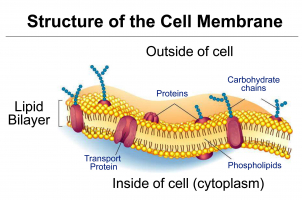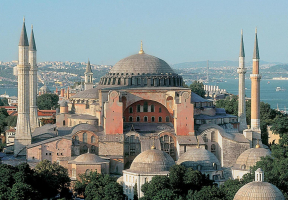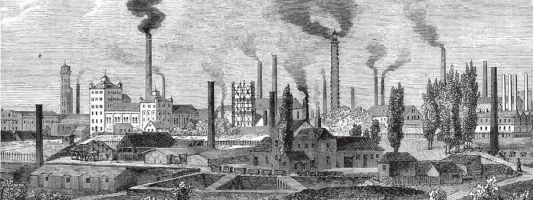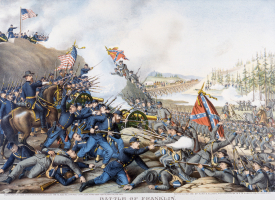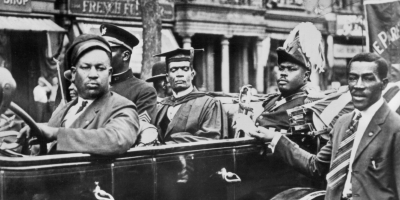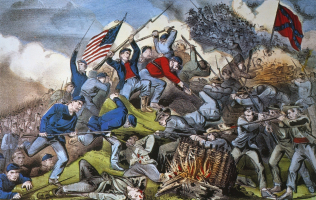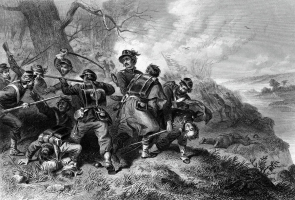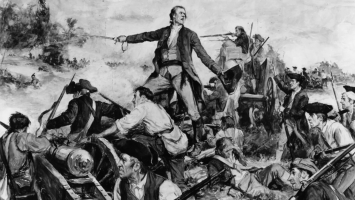Top 10 Facts About The Disaster At The Chernobyl Nuclear Plant
The Chernobyl disaster was a nuclear disaster that happened on April 26, 1986, at the Chernobyl Nuclear Power Plant's No. 4 reactor in Pripyat in the Ukrainian ... read more...Soviet Socialist Republic. In terms of both cost and casualties, it is regarded as the worst nuclear disaster in history. In this post, Toplist will share some facts about the disaster at the Chernobyl nuclear plant to all of you.
-
The first fact about the disaster at the chernobyl nuclear plant is it may be a benefit for wildlife. The Chernobyl Forum declared in 2005 that this area "has paradoxically become a unique sanctuary for biodiversity." Some wildlife, such as wolves, bears, eagles, lynxes, and elk, have grown their numbers as a result of the lack of human activity surrounding the halted plant. Even though some species appear to thrive, the radiation has been shown to induce substantial and sometimes fatal deformities in others, including malformed beaks in birds, increased cataract levels, albinism, and lower rates of helpful bacteria.
Moose, red deer, wolves, lynx, bears, eagles, and other megafauna reportedly began taking refuge in the exclusion zone around Chernobyl as forests reclaimed land previously given over to industry and agriculture, and without people around to shoot and poison them, moose, red deer, wolves, lynx, bears, eagles, and other megafauna reportedly began taking refuge in the ex The Chernobyl Forum concluded in 2005 that this area "had paradoxically become a unique haven for biodiversity." Despite the fact that some species appear to thrive, radiation has been demonstrated to produce substantial and potentially fatal deformities in others, such as malformed beaks in birds.

Photo: The Fox News 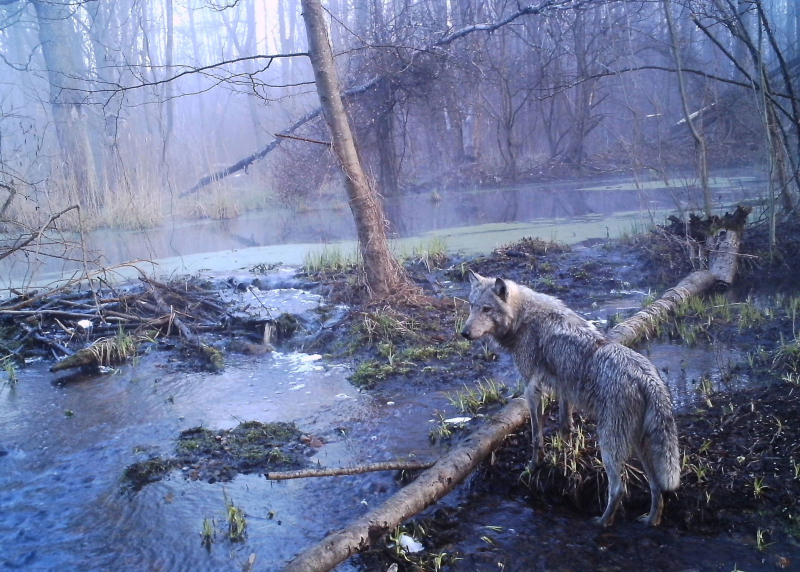
Photo: National Geographic -
Despite the fact that the exclusion zone is still uninhabitable, the Ukrainian government opened it up to tourism in 2011. Since then, tour guides have been taking guests to see the wildlife and explore the abandoned ghost villages that dot the terrain. Pripyat, for example, had a population of over 45,000 people at one time, which included the majority of the plant workers and their families. The guides carry dosimeters and advise their guests not to eat or smoke outside to reduce radiation exposure. Tour agencies have estimated a 40% increase in tourists since the HBO miniseries "Chernobyl" aired in 2019.
Its popularity has resulted in an influx of visitors to the Ukrainian site, with some of them posting photos of themselves posing with the ruined buildings and vehicles left behind by individuals fleeing for their life. While tourists can already visit Chernobyl with a guide, there is currently no formal Ukrainian law regulating tourism in the exclusion zone.
Authorities kept the exclusion zone around the reactor, which included the city of Pripyat, in place for more than two decades. The city had a population of 50,000 inhabitants before the accident. Despite the disaster's devastating repercussions, the President lauded the area's environmental restoration over the years.
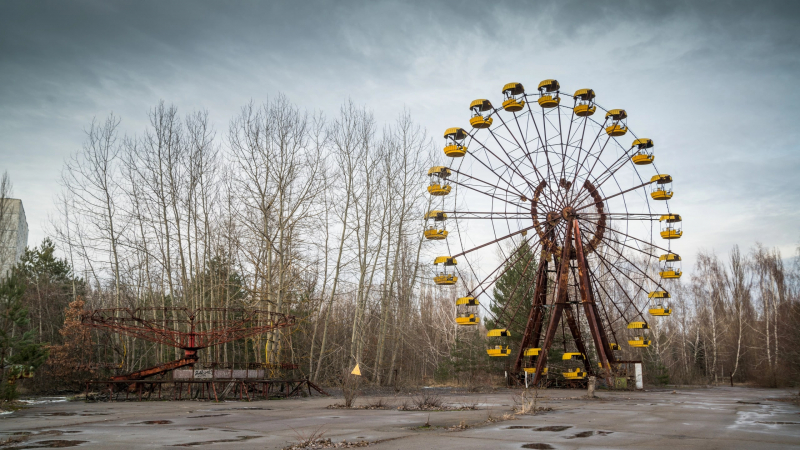
Photo: PIX11 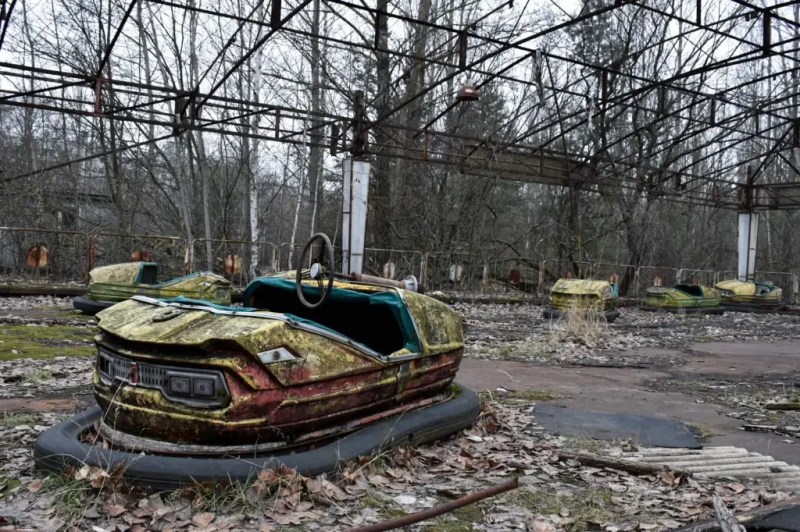
Photo: Green Eyed Globetrotters -
There was no containment buidling is the next fact about the disaster at the chernobyl nuclear plant. A handful of critical safety precautions were not in place at Chernobyl. Chernobyl does not have a containment structure, which is a concrete and steel dome built above the reactor to confine radiation inside the plant in the event of a meltdown. As a result, radioactive materials such as plutonium, iodine, strontium, and caesium were widely dispersed. Furthermore, as air reached the RBMK reactor core, the graphite blocks used as a moderating material caught fire at a high degree, contributing to the release of radioactive elements into the environment.
The reactor's emergency safety mechanisms had also been disabled. Workers made the mistake of disabling the emergency core cooling system and other critical safety devices in order to execute their maintenance test. The upshot of a series of operational errors was a buildup of steam, which led the reactor to overheat.
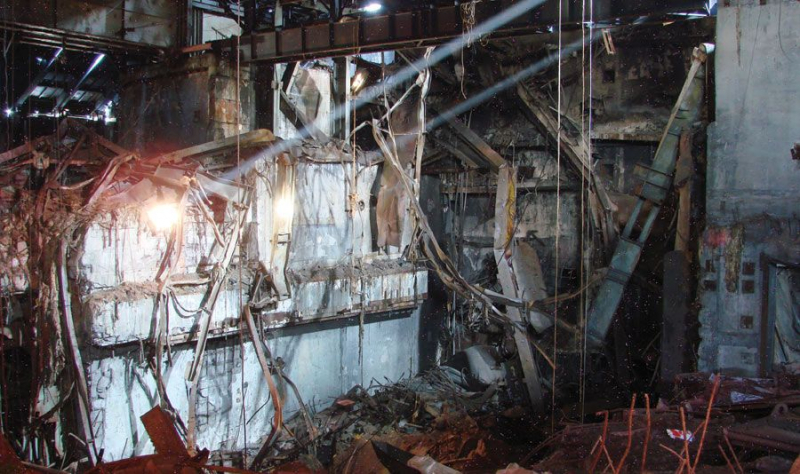
Photo: MIT Technology Review 
Photo: Quora -
Cancer cases among children in Ukraine soared by more than 90% in the first five years after the Chernobyl disaster. Around 5,000 cases of thyroid cancer had been reported in Russia, Ukraine, and Belarus among those who were under the age of 18 at the time of the explosion after 25 years had passed. The Chernobyl disaster is thought to have caused 5,000 cancer deaths, according to the World Health Organization. Others, on the other hand, question this statistic.
In 2005, the United Nations estimated that 4,000 individuals died of cancer as a result of the Chernobyl disaster, out of a population of 5 million people living in the polluted areas. The final death toll as a result of the accident, however, could be substantially higher. According to Greenpeace International, about 90,000 people may have died as a result of the Chernobyl disaster.
When the Chernobyl nuclear reactor erupted in 1986, experts anticipated that the radiation spilled upon areas of what was then the Soviet Union would result in up to 40,000 more cancer deaths. Because 40,000 cancer deaths is less than 1% of the cancer mortality projected in the afflicted population, the answer is uncertain. The fatalities are statistically undetected. Even if they weren't, scientists can't always establish that radiation caused a particular cancer rather than something else.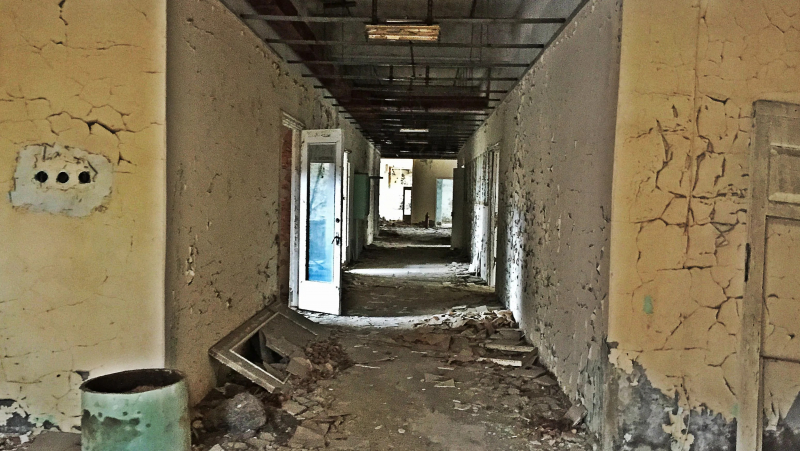
Photo: USA Today 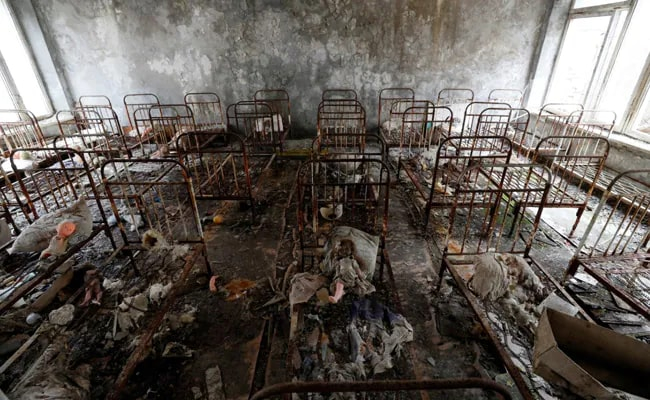
Photo: NDTV.com -
The fifth fact about the disaster at the chernobyl nuclear plant is the Soviet Union attempted to cover up the disaster. The Soviet authorities kept their own populace in the dark for a long time after the Chernobyl reactor melted down. They didn't even inform their own populace, and they didn't warn neighboring countries to prevent the radiation from spreading. The cover-up began to break apart on April 28, 1986, when Swedish air sensors detected high levels of radiation in the atmosphere that appeared to have originated in the Soviet Union. When challenged about the radiation, the Soviets confirmed that two people had died in an accident at Chernobyl. They also claimed that the situation had been brought under control.
The authorities did not grasp the depth of the situation until the 6th of May, when they closed schools in Kiev, Ukraine's capital, which is only 65 miles from the incident site. They eventually advised locals to stay inside their houses to avoid being exposed to radiation. It took years to piece together a complete narrative of the occurrence.
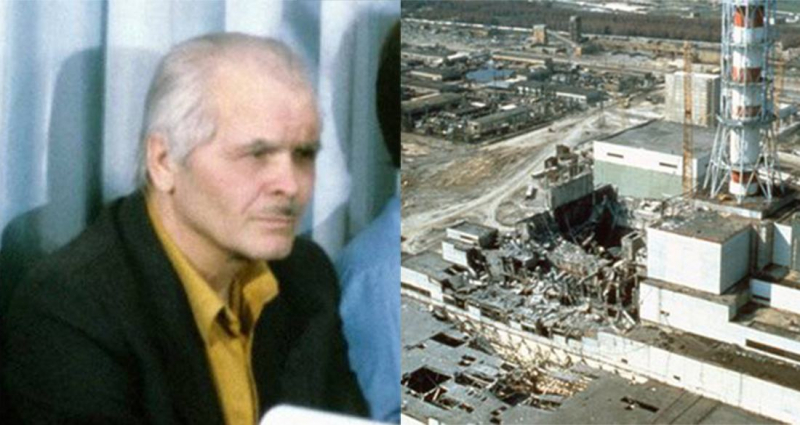
Photo: All That's Interesting 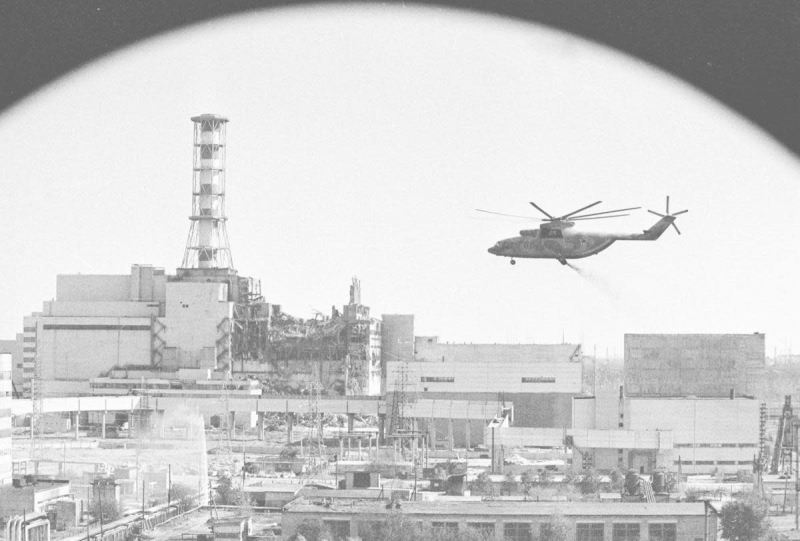
Photo: history.com -
Despite conflicting accounts, at least 600,000 workers were dispatched to put out the fire and clean up the worst of the nuclear plant's radioactivity. Those individuals, dubbed "liquidators," were given a special status that allowed them to obtain advantages such as additional healthcare and money. They were all exposed to high quantities of radiation. According to a disputed assessment issued by members of the Russian Academy of Sciences, between 112,000 and 125,000 of these "liquidators" had perished by 2005, accounting for roughly 15% of the total.
The Chernobyl explosions killed just two plant operators and caused a third to die of a heart attack. During the first few months of the cleanup, 28 employees and firefighters died from acute radiation poisoning, and many more were severely ill. Heavy radioactive fallout, which reached as far west as France and the United Kingdom, wreaked havoc on the environment. Thousands of youngsters who consumed irradiated milk developed thyroid cancer, with at least 15 of them dying as a result. Other cancer deaths were almost probably caused by Chernobyl, while the exact number is still debated. Many of the report's figures were later challenged by Western scientists, who questioned their scientific legitimacy.
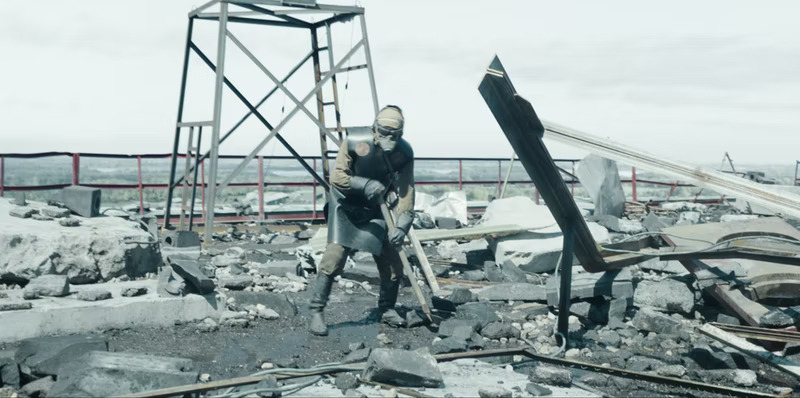
Photo: Bustle 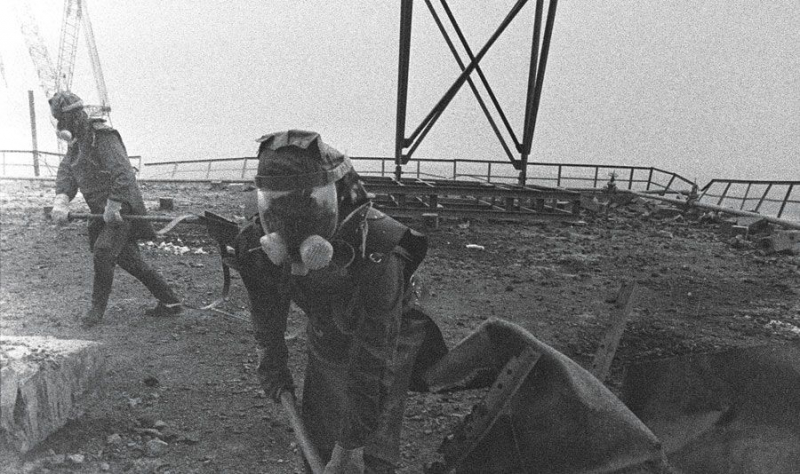
Photo: MIT Technology Review -
The total number of people that died as a result of the Chernobyl nuclear disaster remains unknown. It is a matter of debate and speculation. The death toll from Chernobyl is difficult to estimate because many people did not die immediately after the explosion.
Other deaths may be traceable to Chernobyl even after the last person alive on the day of the explosion dies, due to the radiation that has entered the food chain. If the deaths follow a pattern similar to the Hiroshima and Nagasaki atomic explosions in Japan, the World Health Organization's (WHO) cancer research arm estimates that 9,000 individuals will die from Chernobyl-related cancer and leukemia. The official Soviet count is 31, but the true figure is likely to be in the thousands, if not millions.
The Union of Concerned Scientists estimates that 4,000 to 27,000 people perished as a result of the accident, whereas Greenpeace says that 93,000 to 200,000 people died. Others believe the figure is even higher.
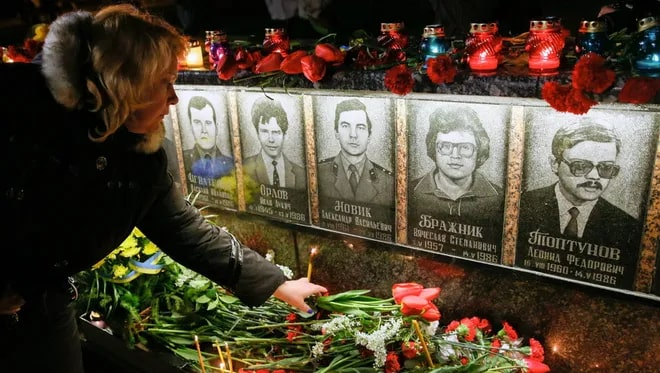
Photo: USA Today 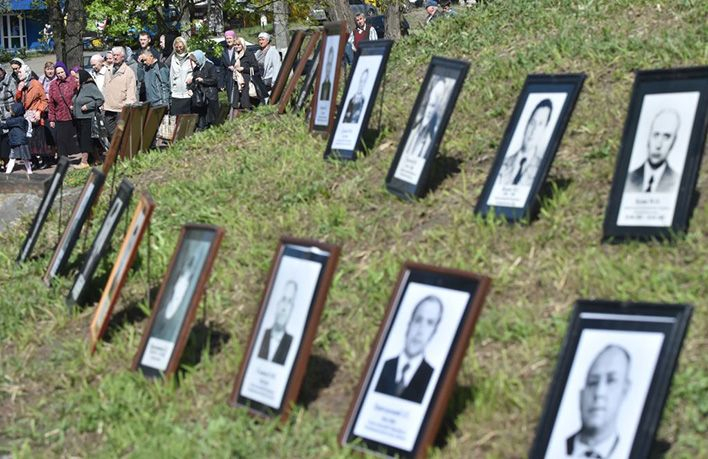
Photo: Newsweek -
Around 1,200 evacuated persons returned to the exclusion zone in the months following the explosion. Despite the fact that it was unlawful and risky, many returnees decided to do so because they had a strong emotional attachment to their homeland. Because many of these returnees had survived a Stalin-ordered famine and a Nazi onslaught that killed millions of Ukrainians, they were hesitant to leave their childhood homes for an enemy they couldn't see.
These returnees were breaking the law as well as the advice of researchers who assessed the exclusion zone's land, food, animals, and atmosphere to be potentially radioactive. Only about 100 individuals remain today. Due to the deadly amounts of radiation still present, no one else will be able to enter the exclusion zone once these final returnees have died.
Although the vast bulk of the exclusion zone remains free of humans, a few hundred residents have illegally returned. Even after tens of thousands of people were evacuated, some remained. Despite the fact that it is illegal, approximately 130 to 150 individuals still live in the region. Many of the locals are ladies in their 70s and 80s who are still farming their ancestral property. A number of newcomers have arrived just outside the restriction zone.
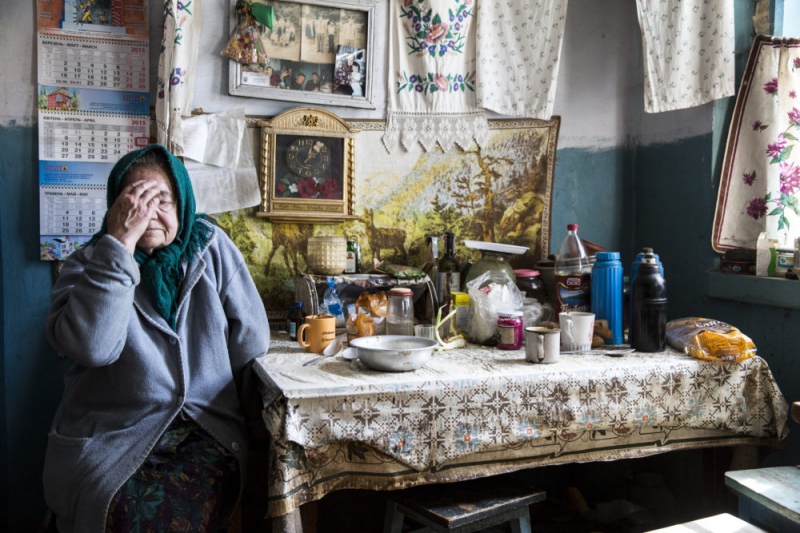
Photo: Patrick Rohr. 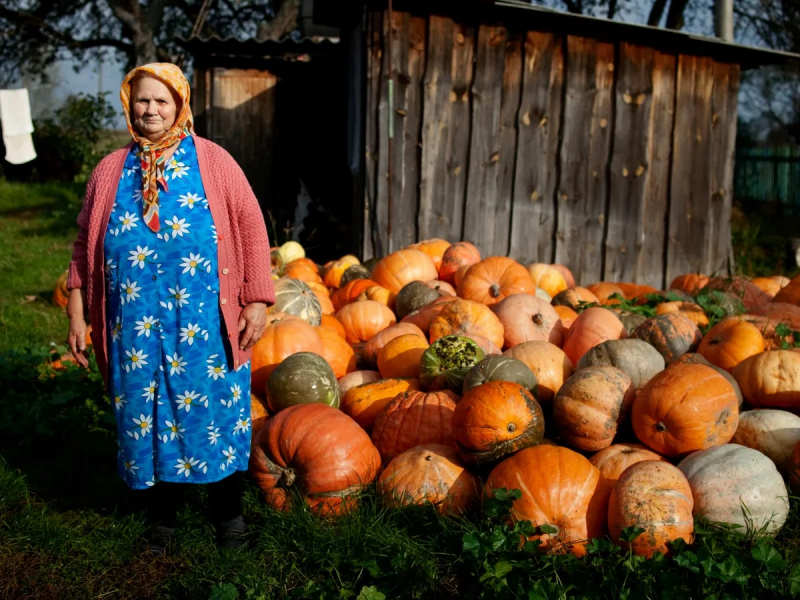
Photo: The Guardian -
In the weeks and months following the accident, misinformation and "radiophobia" spread swiftly. Many individuals, including doctors, believed they couldn't rely on authorities to tell them the truth about the contamination's scope.
As a result, tens of thousands of women have had abortions, doctors warned women their kids had been exposed to radiation and could be born with birth abnormalities, therefore between 100,000 and 200,000 abortions were performed on them following the occurrence. There was "radiophobia," but the World Health Organization says there is no evidence that birth abnormalities were more common in newborns born near Chernobyl.
These decisions are reflected in the birth rate statistics from 1986 and 1987. Thousands of women in Soviet Ukraine wanted abortions in the month following the disaster alone, compared to the baseline rate. Even in countries further away, such as Hungary, Greece, Denmark, and Italy, there was a significant increase in abortions due to the accident, resulting in a lower birth rate the following year. After the Fukushima nuclear disaster in Japan in 2011, there was no increase in spontaneous or induced abortions.
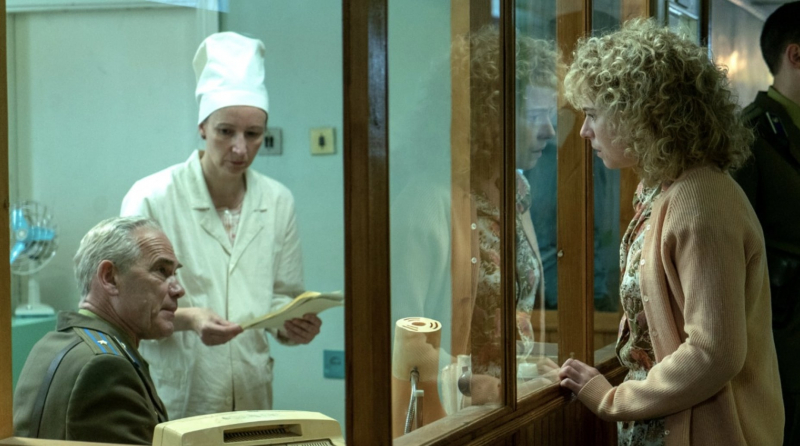
Photo: HBO 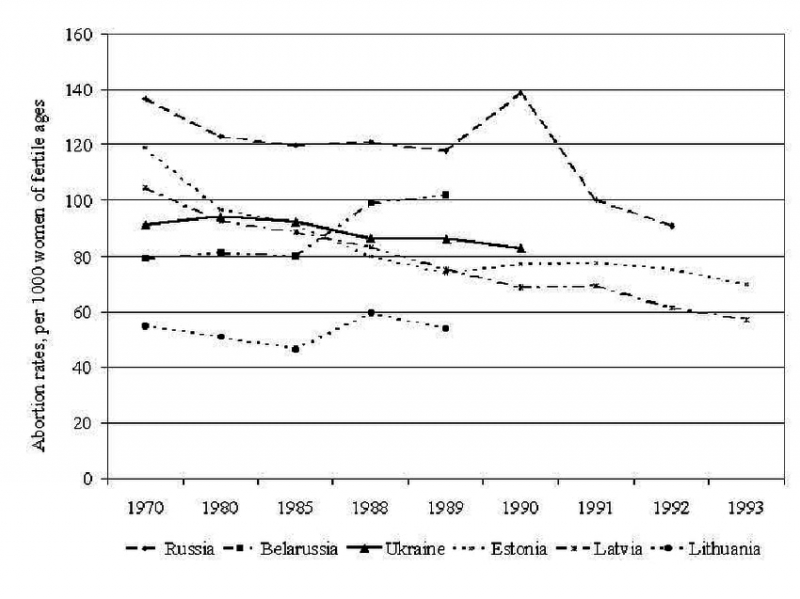
Photo: ResearchGate -
In terms of cost and lives, the Chernobyl disaster is considered the greatest nuclear power plant accident in history. It is one of only two nuclear energy accidents, along with the Fukushima disaster in Japan in 2011, to be categorized as a level 7 incident, the highest grade on the International Nuclear Event Scale. Over 500,000 people were part in the endeavor to limit the damage, as well as the cleaning of the surrounding area, which cost an estimated 18 billion rubles.
Around 116,000 individuals living within a 30-kilometer radius of the reactor were evacuated and relocated by May 14, just 20 days after the incident. In the years after the disaster, another 220,000 people were relocated to less polluted places. The 30-kilometer exclusion zone, which covered 2,800 square kilometers, was ultimately expanded to 4,300 square kilometers. Even though there is still a risk of radioactive exposure, a few hundred former residents of the area have returned. In fact, for at least 20,000 years, the immediate vicinity of the plant will be unsafe for human habitation.
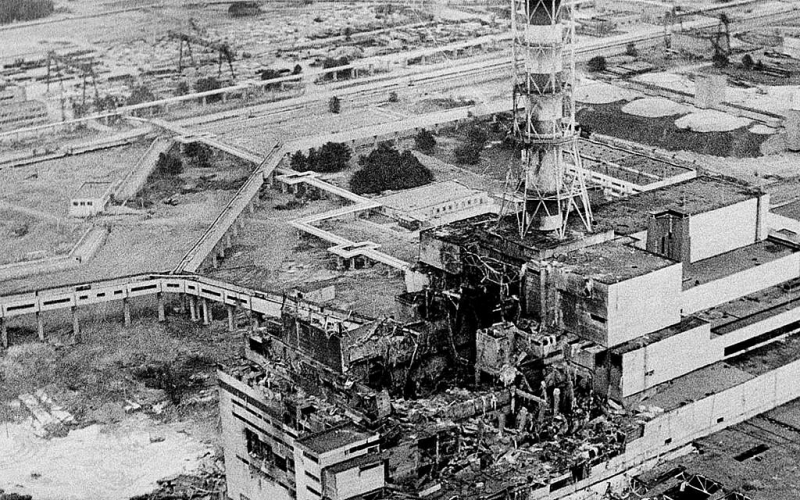
Photo: The Times of Israel 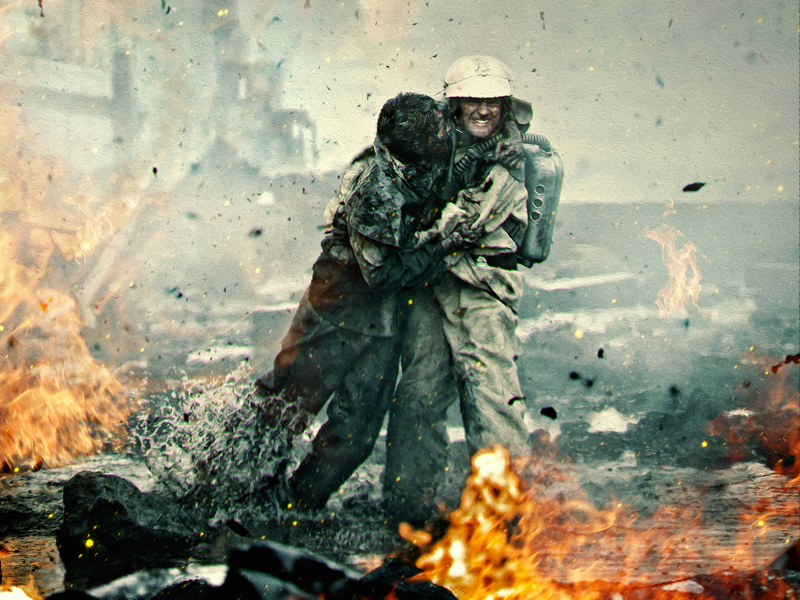
Photo: Netflix
















